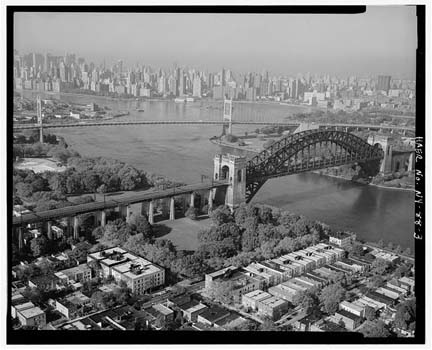American composer Tom Myron was born November 15, 1959 in Troy, NY. His compositions have been commissioned and performed by the Kennedy Center, the United States Holocaust Memorial Museum, the Portland Symphony Orchestra, the Eclipse Chamber Orchestra, the Atlantic Classical Orchestra, the Eastern Connecticut Symphony Orchestra, the Topeka Symphony, the Yale Symphony Orchestra, the Civic Orchestra of Chicago, the Bangor Symphony and the Lamont Symphony at Denver University.
He works regularly as an arranger for the New York Pops at Carnegie Hall, writing for singers Rosanne Cash, Kelli O'Hara, Maxi Priest & Phil Stacey, the Young People's Chorus of New York City, the band Le Vent du Nord & others. His film scores include Wilderness & Spirit; A Mountain Called Katahdin and the upcoming Henry David Thoreau; Surveyor of the Soul, both from Films by Huey.
Individual soloists and chamber ensembles that regularly perform Myron's work include violinists Peter Sheppard-Skaerved, Elisabeth Adkins & Kara Eubanks, violist Tsuna Sakamoto, cellist David Darling, the Portland String Quartet, the DaPonte String Quartet and the Potomac String Quartet.
Tom Myron's Violin Concerto No. 2 has been featured twice on Performance Today. Tom Myron lives in Northampton, MA. His works are published by MMB Music Inc.
FREE DOWNLOADS of music by TOM MYRON
Symphony No. 2
Violin Concerto No. 2
Viola Concerto
The Soldier's Return (String Quartet No. 2)
Katahdin (Greatest Mountain)
Contact featuring David Darling
Mille Cherubini in Coro featuring Lee Velta
This Day featuring Andy Voelker
|
|
|
|
| 
Monday, May 23, 2005
Why I Bother

In response to Jeffrey Biegel's excellent questions today about functioning as artists in our post-9/11 world I'd like to relate a personal experience that, in retrospect, helped me to focus my thoughts on this issue. I wrote this in October of 2001.
On a beautiful summer morning in 1984 two Amtrak trains, one traveling northbound, the other south, were accidentally routed onto the same track north of Penn Station. Shortly before 9am, just after crossing the Hell's Gate Bridge, they collided some 80 feet over the streets of Queens. I was sitting in my seat waiting for my (to use Nicholson Baker's charming phrase) now-wife to return from the dining car with some napkins when the impact occurred.
In the 10 or 12 minutes that it took Jessica and I to find each other the sky overhead filled with police and news helicopters and the surrounding rooftops began teeming with TV crews and photographers.
What had happened was just starting to dawn on us when we witnessed a sight that I will remember as long as I live. Into the bright air on both sides of the wrecked trains massive fire-ladders began rising swiftly and silently. New York City Fire and Rescue personnel streamed off the ladders by the dozen, carrying back-boards, oxygen tanks, fire axes and jaws-of-life. While the most seriously injured passengers were treated at the scene the rest of us were escorted a hundred or so yards back to the bridge embankment. There we saw that still more FDNY personnel had brought in a truckload of lumber and built a staircase through the trees and brush down to the street. One at a time, a fireman led each passenger down this improvised stairway. At street level we were taken to a machine shop that had been turned into a fully staffed field hospital.
I have wondered many times since September 11 how many of the men and women who touched our lives that day have been taken from us. And I have thought long and hard about those left behind, who will live always with the experience of incalculable loss. We owe all of them the very best of what we have to give because that is what they offer to us.
It is good, indeed necessary, for all of us as artists to be thoughtful about what we do and even, at times, to question our 'relevance'. But we must never let that questioning lead us into silence. Because out in the big world, there are women and men who do not for a split-second, in the face of the unimaginable, question the relevance of anyone. They embody the single most awesome dimension of a free society: a social contract that says when you are in the blink of an eye rendered helpless and injured there are people who will walk through fire to be at your side.
This is the opposite of terrorism.
posted by Tom Myron
|
| |



